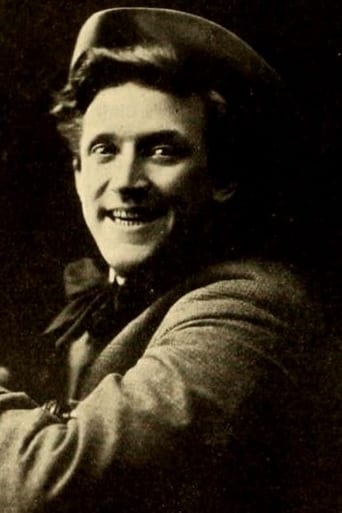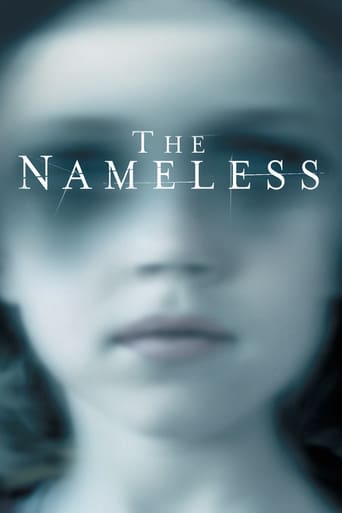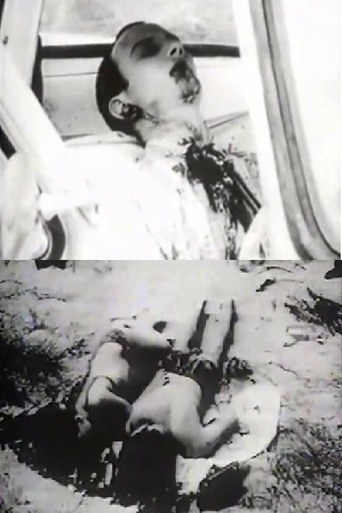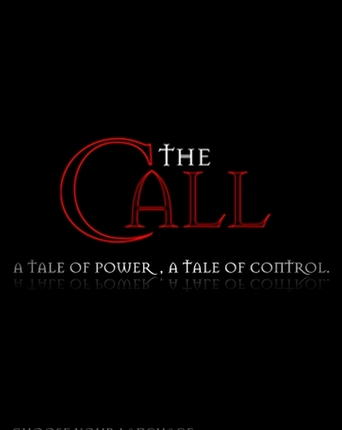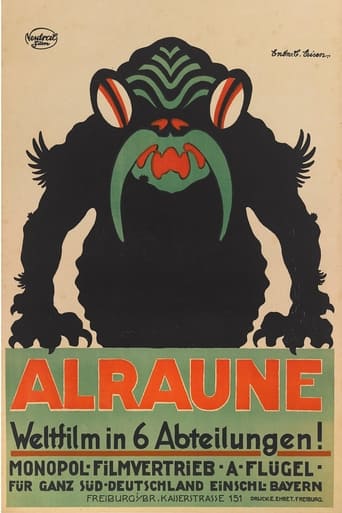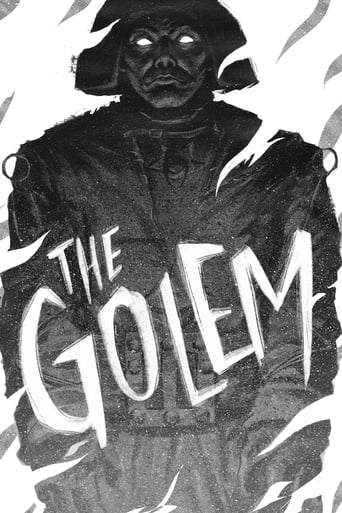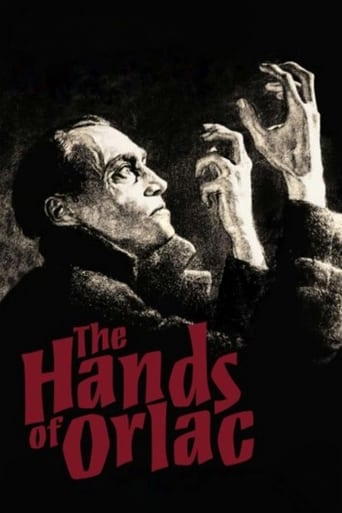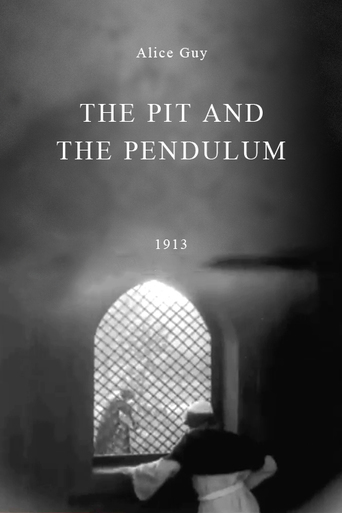

The Pit and the Pendulum (1913)
Alice Guy's version of Edgar Allan Poe's The Pit and the Pendulum. This film is partially lost.
Watch Trailer
Cast
Similar titles
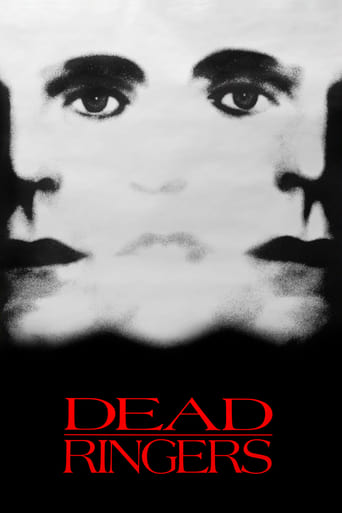
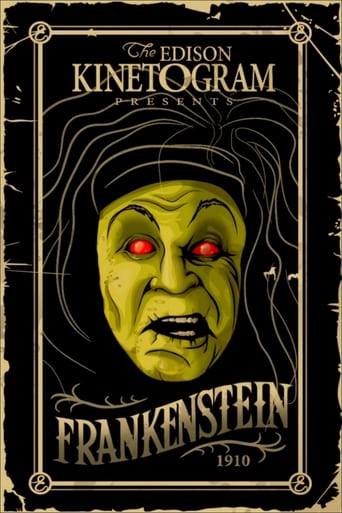
Reviews
You won't be disappointed!
Good films always raise compelling questions, whether the format is fiction or documentary fact.
While it doesn't offer any answers, it both thrills and makes you think.
The film never slows down or bores, plunging from one harrowing sequence to the next.
A special offering in three reels that will excite enthusiasm. The story is from the tale of Edgar Allan Poe dealing with terror and horror and creating an atmosphere around the spectator that is likely to make him shiver. We were indeed astonished at the effectiveness with which the fearful tortures of the story's hero have been illustrated by the Solax producer. The sets are remarkably realistic and this is especially true of the dungeon-filled monastery, into which the luckless hero is dragged and in which, before he is released, he is tortured with fiendish ingenuity. The quiet occupants of many of the dungeons shown are skeletons and all the mechanism of torture, including the cell with the pit in its floor, down which we see skulls and crawling serpents (this bottom of the pit is not so realistic as it might have been) have been extremely well conceived. The pendulum, massive and sharp, which swings back and forth and ever draws nearer to the bound victim, is also effective, as is the manner of his salvation from it. Rats gnaw the ropes that bind him. Finally, we feel the walls around him growing hot and see them folding in on him. We have been watching the monks peering down at the man they are trying to destroy, their faces lighted by baleful fires, and we have noticed that the heroine has found help in a company of soldiers whom she is bringing to the rescue. Thus is created a telling element of dramatic suspense and it gives the picture "punch." The plot is strongly constructed. Darwin Karr has the central role and is at his best. The picture depends very much on his work and he rises to the occasion well, is imaginative and clear cut. He surely deserves credit. The others supported him fairly well; but there was little real evil strength in the monks; Fraunie Fronholz, the villain, is not at his best in such a role. The heroine (Blanche Cornwall) did good work. The photography is excellent. - The Moving Picture World, August 2, 1913
